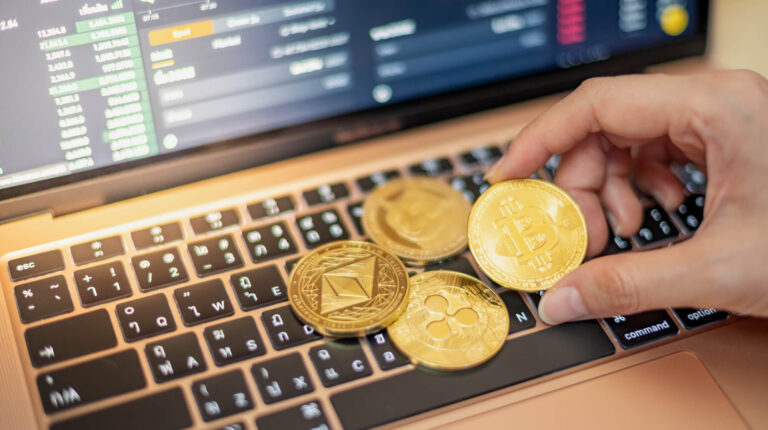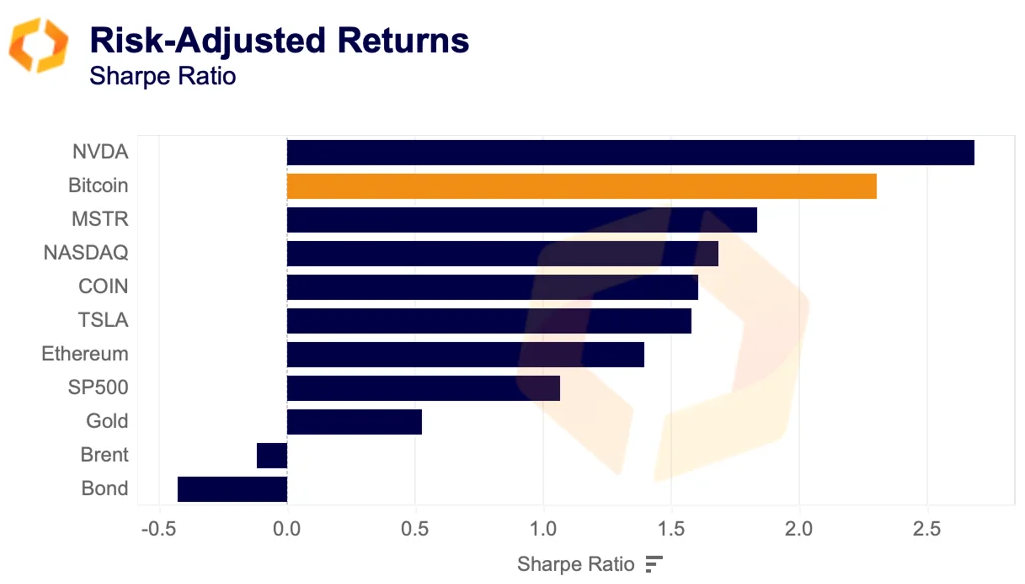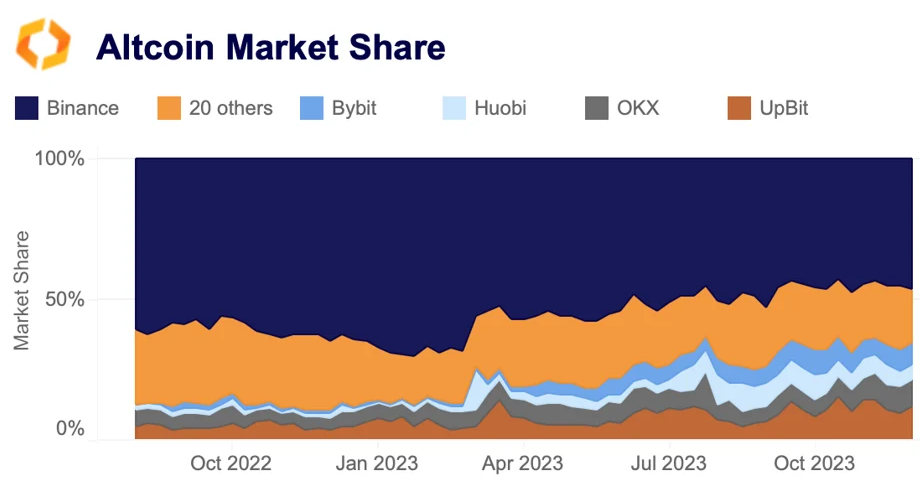A summarizing review of what has been happening at the crypto markets. A look at trending sectors, liquidity, volatility, spreads and more. The weekly report in cooperation with market data provider Kaiko.
BTC broke $41k in the early hours of Monday, hitting its highest level since April 2022. Meanwhile, MicroStrategy boosted its BTC holdings, U.S. inflation softened more than expected, and Binance said it will soon end support for BUSD.
Bitcoin breaks $41k for the first time since April 2022
Bitcoin rose above $41k early Monday, surpassing levels not seen since the Terra collapse. The +13% week-on-week returns could be linked to accumulation ahead of a possible ETF approval, along with an improving risk environment.
BTC is one of the top performers in risk-adjusted terms this year, showing resilience to a strengthening U.S. dollar and a surge in risk-free rates in Q3. Below, we compare the YTD risk-adjusted returns (Sharpe Ratio) of BTC to those of major traditional assets.
The Sharpe ratio is a measure of the compensation investors receive for volatility (i.e. risk). The higher the ratio, the better the risk-adjusted return. BTC has outperformed most traditional assets including gold and tech stocks. The steady decline in BTC volatility, which hit multi-year lows this summer, has likely contributed to the trend
So what is driving BTC's outperformance? Since mid-October, we've observed a real shift in the market driven by rising institutional enthusiasm around the possible approval of a spot BTC ETF, and more recently, an improving macro environment.
This has contributed to strong inflows for BTC investment products over the past few weeks. Grayscale's discount to its underlying BTC holdings fell to 8% last week, its lowest level since mid-2021 as discussions on GBTC's ETF conversion continue.
BITO, the first U.S. futures-backed ETF, hit an all-time high in assets under management even though most analysts expect it to see outflows should a spot alternative get a green light. Institutional interest is also evident in derivatives markets with CME recently flipping Binance as the largest BTC futures market. Spot markets have also seen a surge in interest after months of lackluster trading activity. Daily spot trade volumes hit 7-month highs in November.
The average trade size on U.S. exchanges has also increased. Interestingly, it has remained volatile on offshore exchanges, increasing on OKX while it retreated on Binance and Huobi.
Will BTC's rally last? The answer will surely become clearer once a decision is reached on the spot ETF, but for now let's enjoy it while it lasts.
Altcoin market share continues to rise
Altcoin market share of trade volume surged to 67% last week, its highest level since March 2022, as traders continued rotating into riskier assets amid an ongoing rally. Daily altcoin trade volume spiked above $20bn in early November for the first time since April 2023. While altcoin volumes continue to be driven by offshore markets, Binance's influence has shrunk, with its market share of global altcoin volume dropping to 46% last week, down from 60% in September 2022.
Upbit, Bybit, OKX, and Huobi were the main winners, commanding a combined 35% of altcoins volumes, up from 11%.
BTC correlation with ETH hits a multi-year low
BTC's 60-day correlation with ETH fell to a multi-year low of 75% in November and continued hovering below 80% for the longest period since July 2021. ETH has mostly underperformed BTC and other altcoins since the Merge despite undergoing another successful major upgrade in April. The slight decorrelation suggests investors increasingly perceive the assets differently.















